Building healthy and inclusive communities is key to sustainable residential development.
With urban populations expanding, it is more important than ever to ensure that affordable housing is accessible to everyone. To be truly sustainable, residential developments must move beyond simply reducing their environmental impact to promoting long-term social and economic sustainability as well.
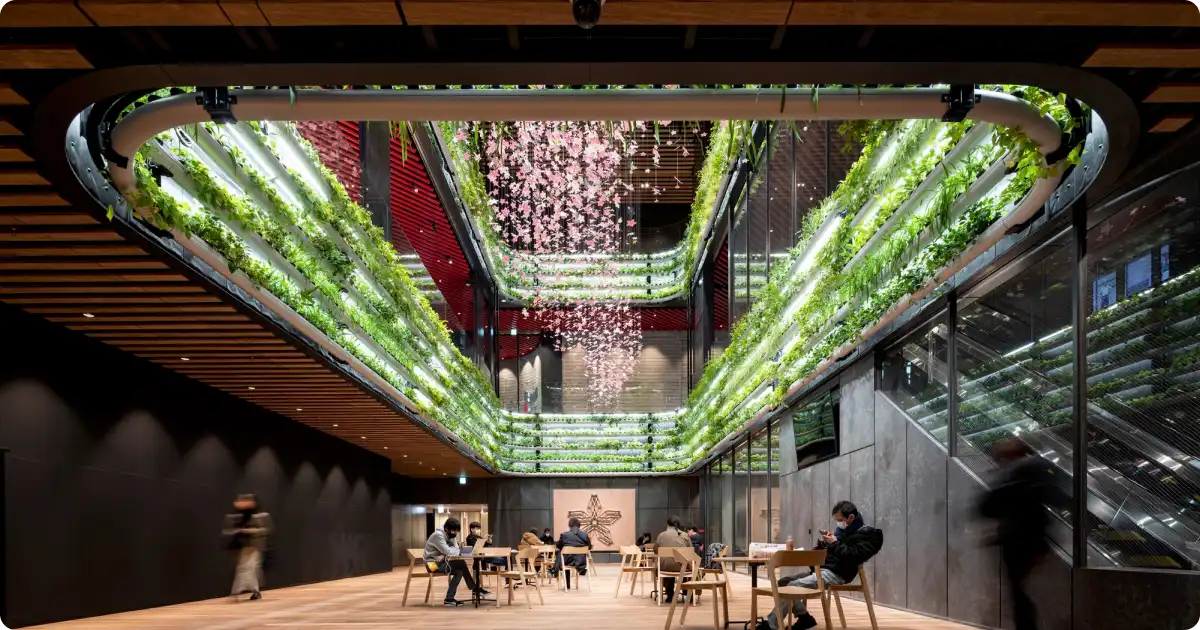
Redefining Sustainability
To ensure that housing is accessible to a diverse population, sustainable residential development must prioritize affordability without compromising quality, energy efficiency, or resilience. Governments and developers can achieve this by providing mixed-income housing, creating inclusive zoning policies, and offering financial incentives for affordable housing projects. Flexible housing solutions, such as affordable modular homes and remodeling existing structures for residential reuse, also can make housing more accessible. Making homeownership and rental opportunities feasible for various income levels promotes more diverse, vibrant, and socially cohesive communities.
A truly sustainable community encourages strong societal ties, meets the social needs of its residents, and ensures their well-being. Community building can be enhanced with shared public spaces such as social centers and recreational areas where residents can connect or programs such as community gardens where residents of all ages and backgrounds can get involved.
For a community to thrive, it needs a strong local economy that offers employment opportunities and supports small businesses. By incorporating mixed-use spaces that promote small businesses within the community, sustainable residential developments can create jobs and build economic resilience.
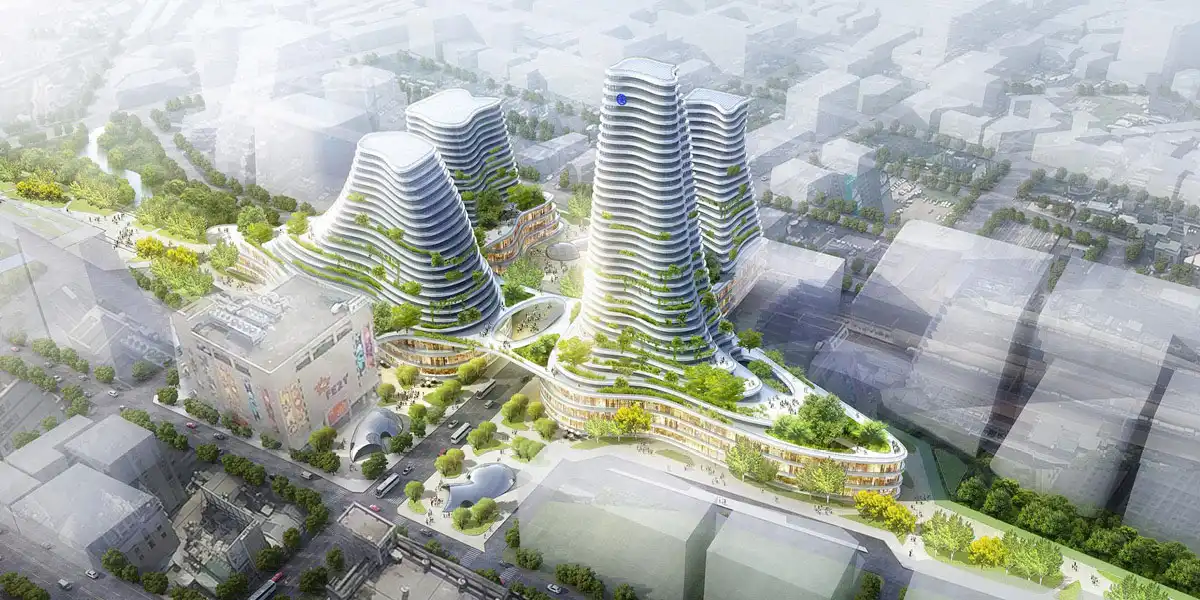
Embracing Resilience: Preparing for Climate Change
As the effects of climate change intensify, communities must be designed to withstand and adapt to environmental changes such as sea-level rise, heat waves, droughts, floods, and other extreme weather events. Design features that can help communities be more resilient include flood-resistant infrastructure and elevated housing in flood-prone areas, rain gardens and permeable pavements to manage stormwater, and heat-mitigation solutions such as reflective surfaces, shaded walkways, and green roofs that reduce the urban heat island effect.
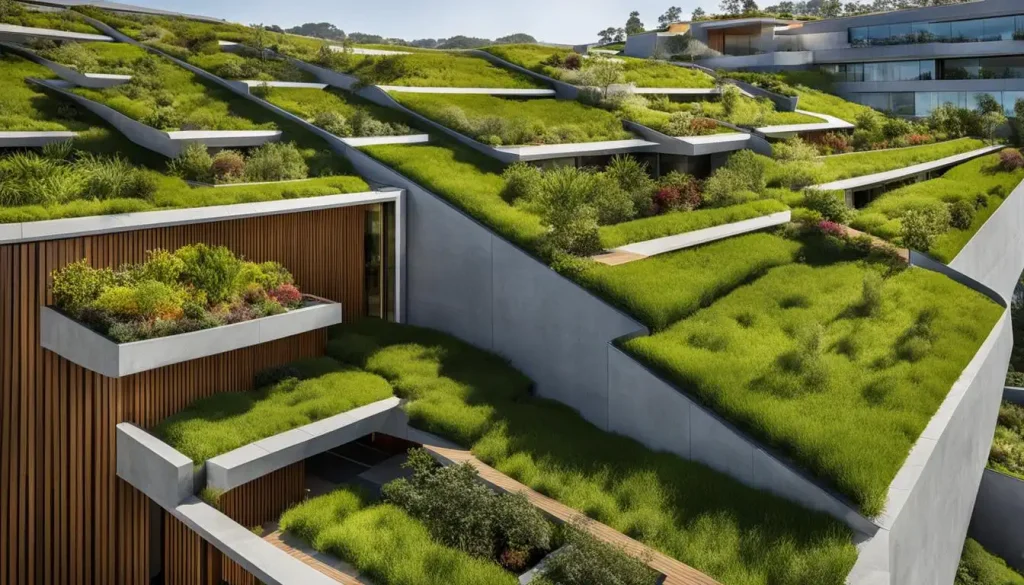
Decentralized Solutions: Enhancing Community Resilience
Centralized infrastructure can leave communities vulnerable to outages from storms and other extreme weather events. Decentralized treatment of water and wastewater with on-site renewable energy sources such as solar micro-grids and community wind farms can build resilience to outages. That ensures water and energy security because essential services such as power, water supply, and sanitation are not interrupted if central infrastructure fails. On-site waste management solutions such as wastewater recycling, composting, and biodigesters can turn waste into valuable resources such as nonpotable water, fertilizer, and even renewable energy that can be used within the local community.
Solar-powered microgrids, for example, have kept the power on in fire-prone regions such as California. Scientists from the Department of Energy’s Lawrence Berkeley National Laboratory found that microgrids powered by solar energy offer a cheap and efficient solution for protecting vulnerable communities from wildfire-related power outages. The study also found that these microgrids can provide low-income, disadvantaged communities with equitable access to clean energy. By embracing decentralized technologies, communities can become more resilient and sustainable.
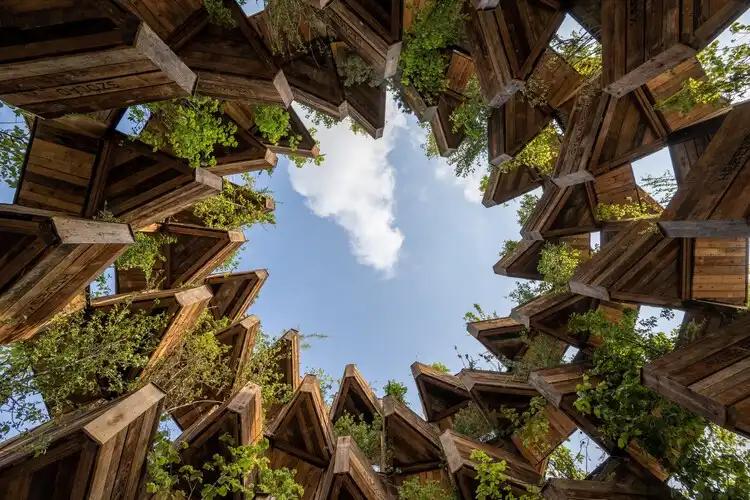
Prioritizing Human Well-being
Sustainability means promoting the health and well-being of residents as well as the environment. Design elements such as footpaths, bicycle trails, and skate parks that encourage physical activity, as well as access to green open spaces, can enhance quality of life and promote good health.
Indoors, nontoxic building materials, optimizing natural light, and improving air quality contribute to healthier living conditions. Social well-being is equally important; developments should include communal spaces, mental health-friendly designs, and social programs that foster strong community connections.
The Role of Technology
Smart technologies can revolutionize sustainable living, making homes and cities more energy efficient and adaptive to residents’ needs. Smart grids, AI-driven energy management, and IoT-enabled water conservation systems can help residents use resources optimally while reducing costs.
However, reliance on technology must be approached with caution. Ethical considerations, such as data privacy and equitable access, must be addressed so that technological advancements benefit all residents. Human-centered design remains essential to ensure that smart solutions improve livability without creating barriers for certain population groups.
The Future of Residential Development
Residential development is about to become more innovative, sustainable, and inclusive. Some emerging trends include:
- Co-housing and shared living spaces that promote affordability and social interaction.
- Eco-villages that integrate renewable energy, permaculture design principles, and self-sufficient systems such as food gardens and aquaponics.
- Adaptive reuse of abandoned buildings into housing, reducing urban sprawl and preserving cultural heritage.
Policy changes will support sustainable and equitable development. Governments must implement zoning regulations that support green building practices, offer incentives for sustainable housing projects, and promote alternative housing models.
Creating truly sustainable residential developments requires a comprehensive approach that balances affordability, resilience, and human well-being. By embracing decentralized infrastructure, green building practices, and smart technologies, communities can become more self-sufficient, inclusive, and resilient.
As urban areas expand, policymakers, developers, and residents must work together to ensure that future housing is not just environmentally responsible but also socially and economically sustainable. That will lay the foundation for thriving communities whose residents enjoy a better quality of life.










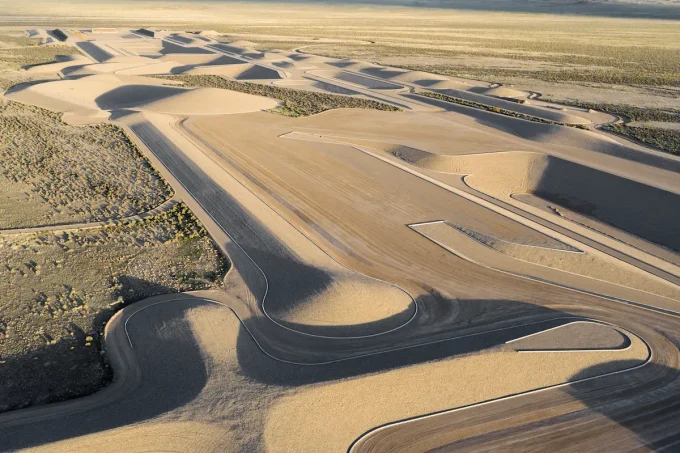







Leave a comment